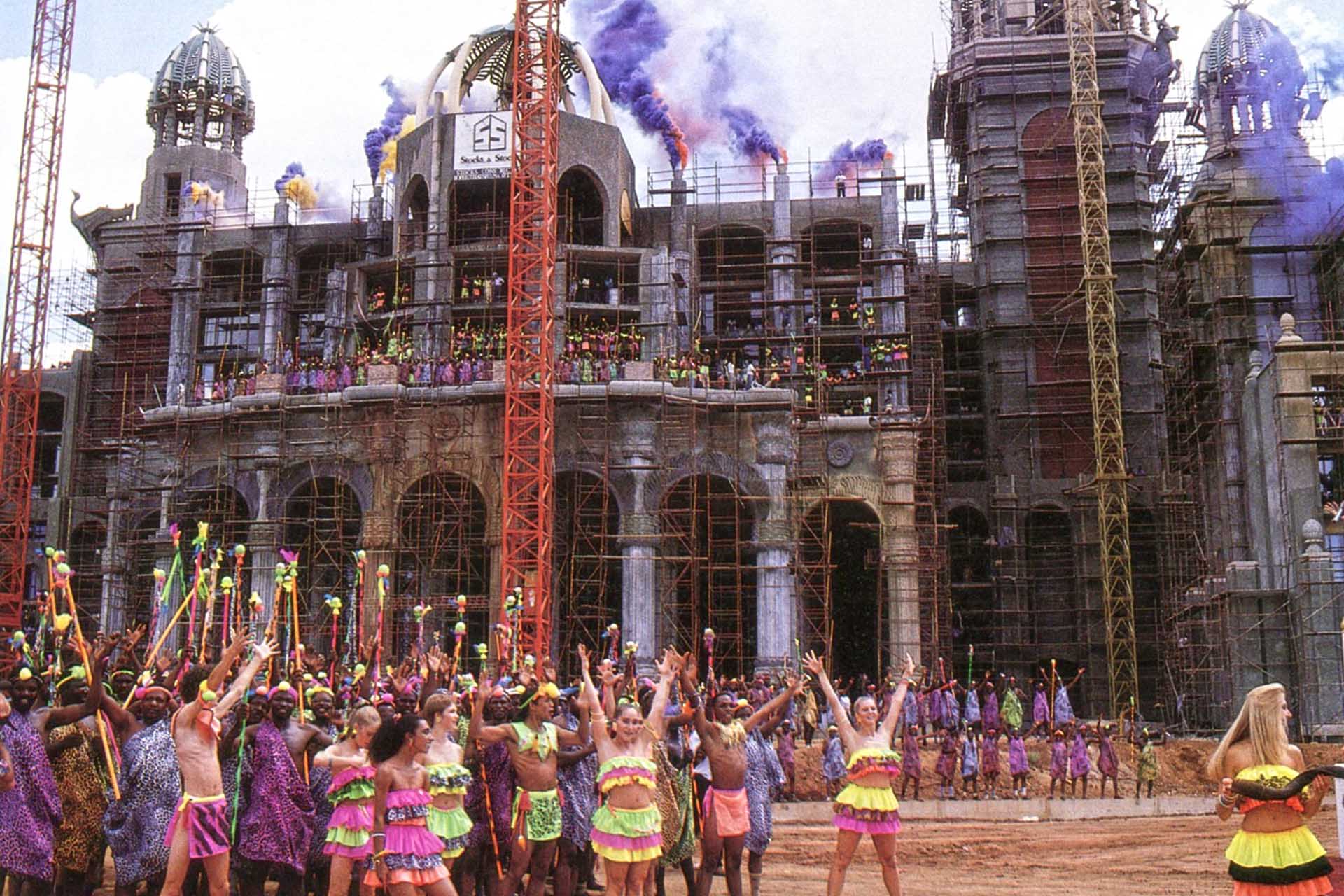My Fantasy
By WATG
April 28, 2015
The following is an interview of Jerry Allison conducted by The Architects’ Journal in December of 1992 shortly after the grand opening of the Palace of The Lost City in Sun City, South Africa. The Lost City pushed the boundaries of technology and construction for a highly detailed and complex fast-track project.
I’d never done anything like this before except in my mind. Usually my architecture relates to specific architecture that has developed in a region – we’ve worked in Malaysia, Japan, the south Pacific islands, relating the new architecture to the old, taking into account the religion, the culture, the weather of the region. In this case no society had ever been there before, so we made up our own. The closest we’ve come to anything like this would be the work we’ve done with Disney.
I had some doubts at first whether we could build what my imagination first came up with, but in fact it has turned out to be very close. For years I had thought about what Africa really was, the mystery of it. This was my first trip there. I thought here was a chance to do something that was really a fantasy. It was a case of “let’s find a piece of architecture, the remains of an old city that we find as explorers- and make it into an hotel.”
For years I had thought about what Africa really was, the mystery of it.
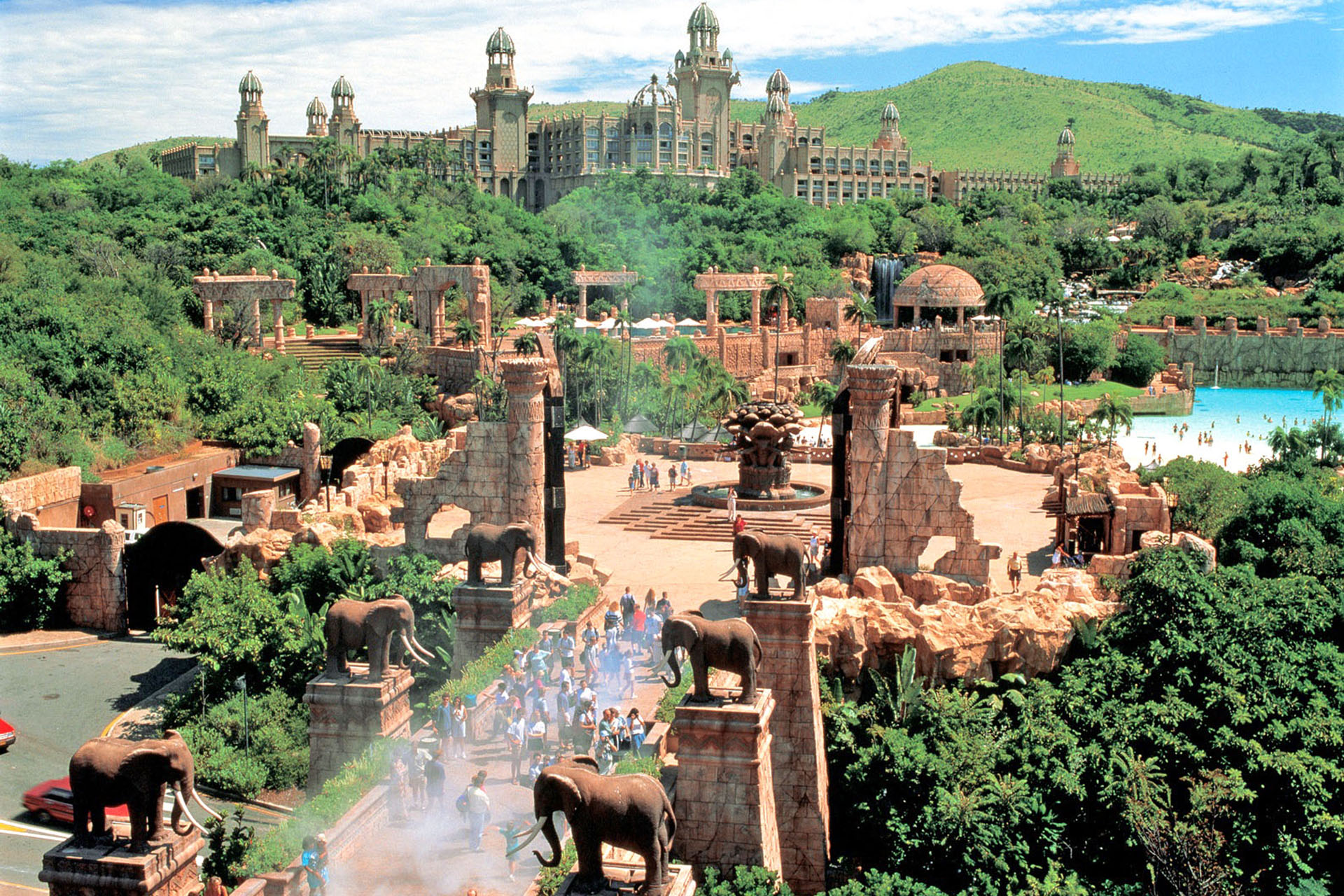
Out of that grew a lot of legends. The main one involved a royal family who started out on a journey in Africa, from Morocco or somewhere like that, wandering south across the desert lands and the jungles until they got to what we termed the Valley of the Sun- there are lots of things relating to sun because of Sol Kerzner and Sun International. This legendary valley was supposed to be full of peace and happiness, like Shangri-La, a mystical destination. The family settled there and established a new society based on love of the land, of the environment.
I know of nothing comparable that’s ever been that fast.
One day there was a great earthquake, and although the people managed to escape, the city was destroyed. The only thing that survived was the palace. The royal family eventually died out and the jungle took over the palace, until it was recently discovered. The people who then rebuilt it remembered that their ancestors had built lots of towers and domes and arches, but had forgotten the Islamic meaning of these things. They picked up instead on elements of their surroundings, plant life and animal life, and developed their own unique architecture.
We were hoping that the African construction techniques were capable of building what we imagined – we found that they were capable of building a shell, but less capable, at first, of building the decorative elements in a manner that would keep up with the schedule. Their methods of precasting had been traditional, making wood moulds or steel moulds. To my knowledge there was no use of glass fibre reinforced concrete, nor of cold casting. But they picked it up very quickly. Construction took 22 months; the design work had taken less than a year. I know of nothing comparable that’s ever been that fast.
We used a lot of aging techniques to make the buildings and the environment look old. Basically you just put thinned-down paint on the walls and spray it with a misty hose; it runs down and you’ve got a stained wall! Another technique is hand-rubbing with rags.
The hotel is at 5000 feet, so the mornings and evenings are cool, which influenced the shape of our building – we used lots of courtyards. The construction materials all came from Africa- Africa is rich in marble – while the interior design materials were imported.
It’s fantasy architecture but it’s also serious. It’s really based on what might possibly- or probably have happened if there had been a civilisation on that site. We could have done something contemporary, but there is nothing contemporary in the region. We could have done African huts but there have never been African huts there. I don’t think it’s kitsch. I could only accept that accusation from someone who hasn’t been there to see it.
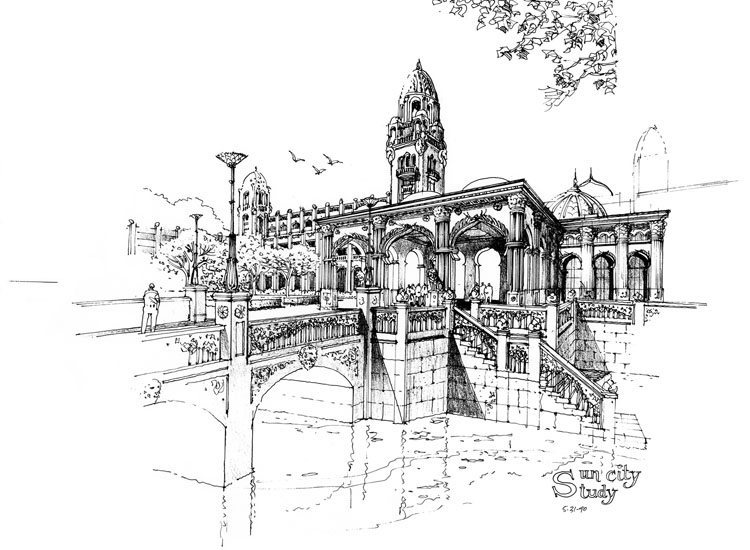
The construction materials all came from Africa- Africa is rich in marble – while the interior design materials were imported.

Every time I go under the very high space of the rotunda entry, or the crystal court – which is probably the biggest hotel space I’ve ever seen – I get a chill. There’s very little I’d want to change. What I’ve learned from the project is that if you can imagine it, you can build it.
As part of our 70th Anniversary celebration, we’ll be revisiting past articles and interviews of our founders and past employees of WATG.
Latest Insights
Perspectives, trends, news.
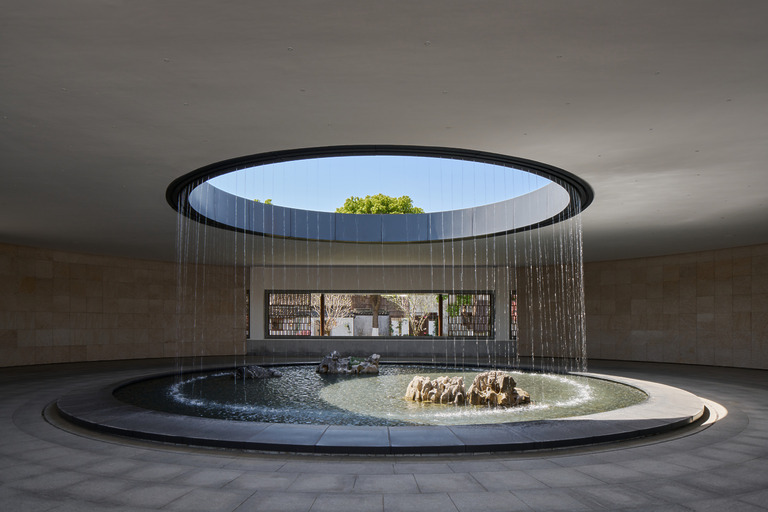
- Strategy & Research |
- Design Thinking & Innovation
Designing the Arrival Experience

- Strategy & Research |
- Design Thinking & Innovation
Designing the Arrival Experience

- Employee Feature |
- Inside WATG
Mentorship, Community, and Creativity: WATG’s Blueprint for the Next 80 Years
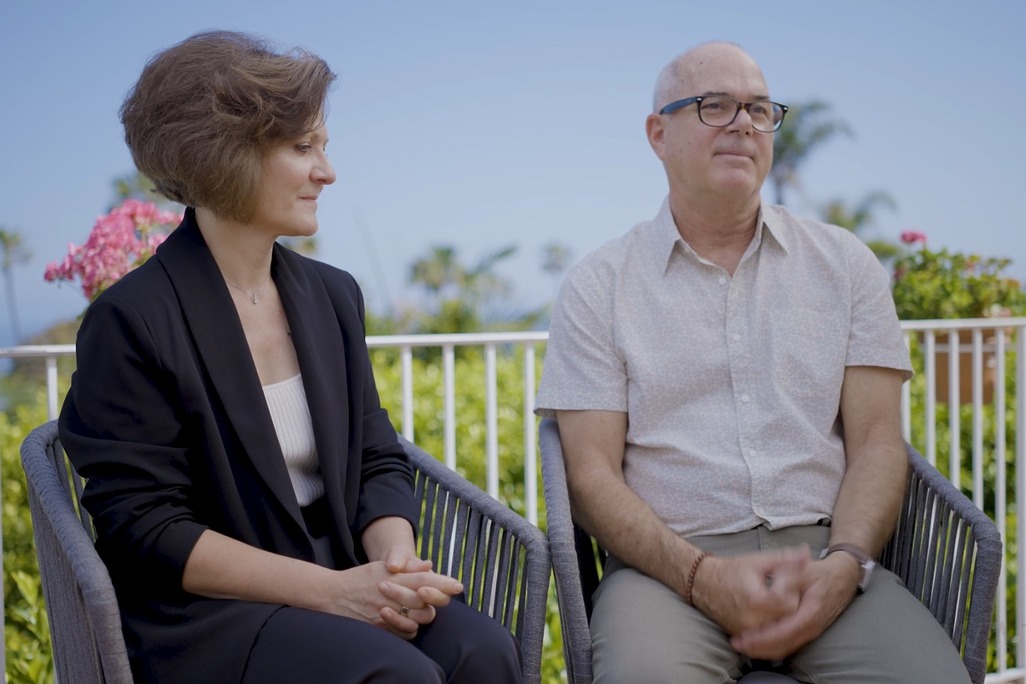
- Employee Feature |
- Inside WATG
Mentorship, Community, and Creativity: WATG’s Blueprint for the Next 80 Years
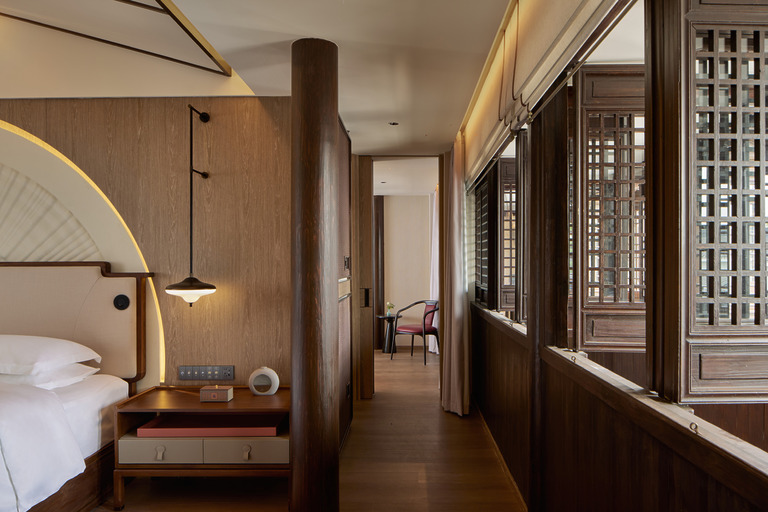
- Strategy & Research |
- Design Thinking & Innovation
Hotel Wuxi MGallery Collection: Part of a Story
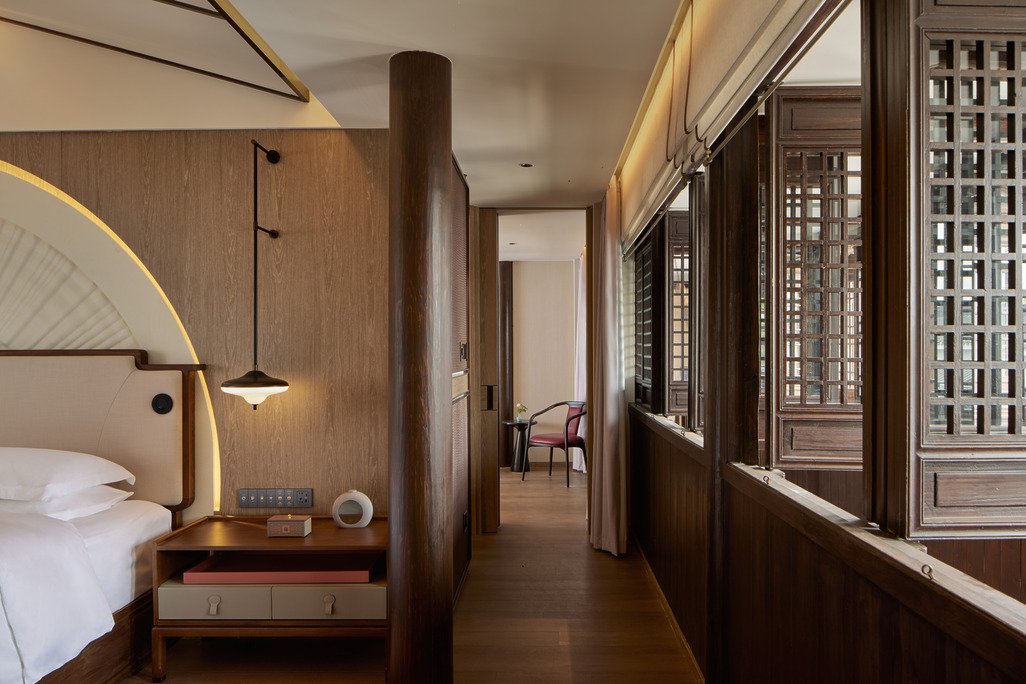
- Strategy & Research |
- Design Thinking & Innovation
Hotel Wuxi MGallery Collection: Part of a Story
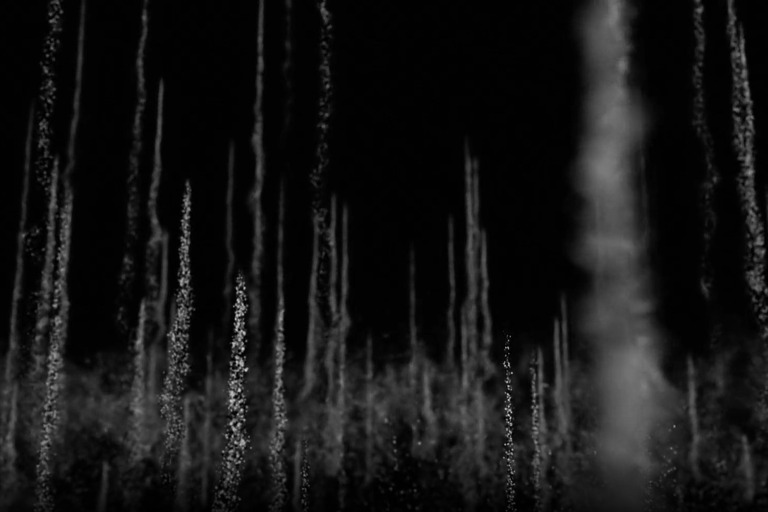
- News
Behind The Scenes: ‘We Create Moments’
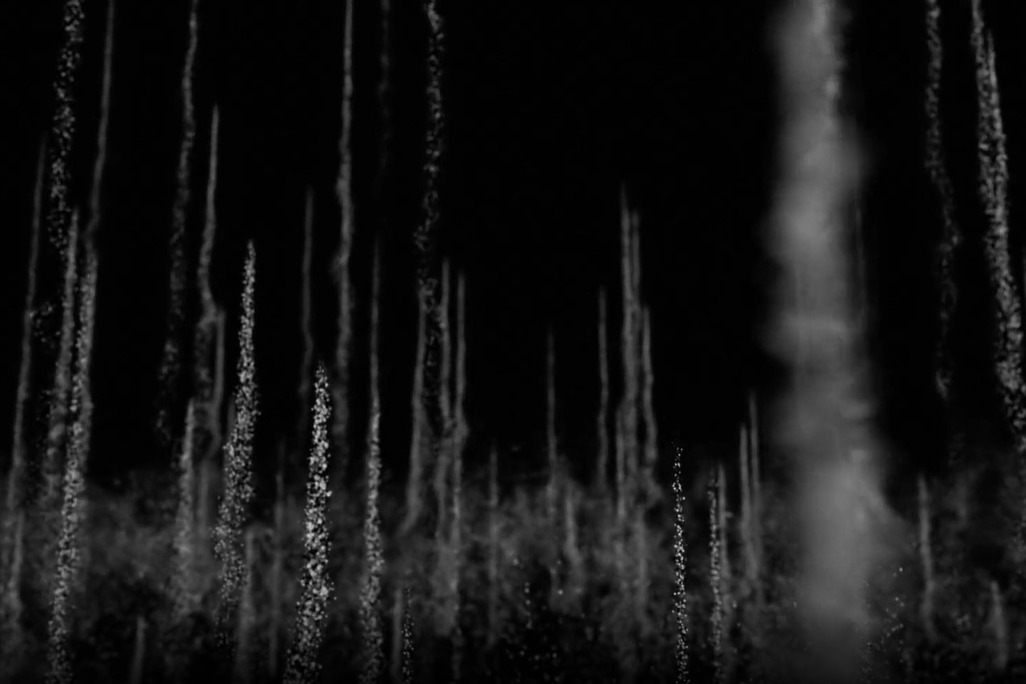
- News
